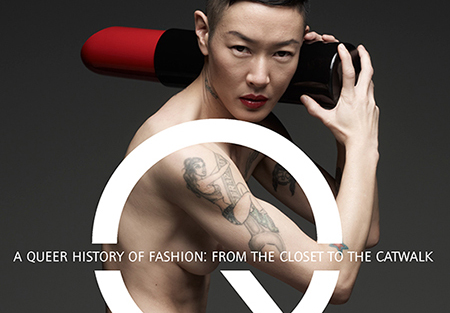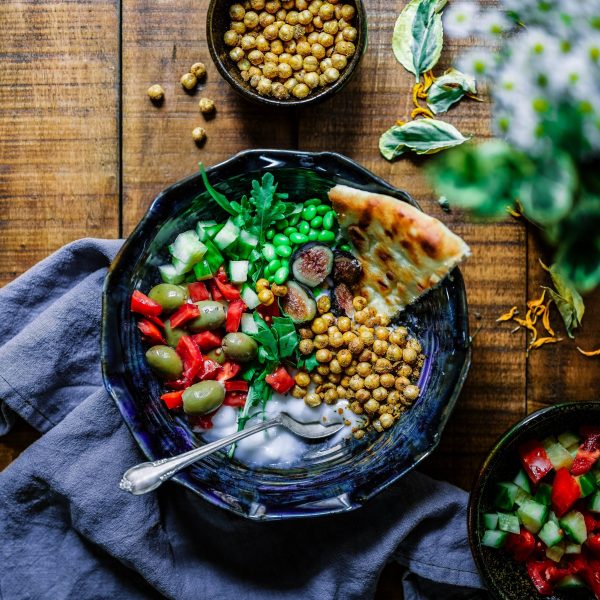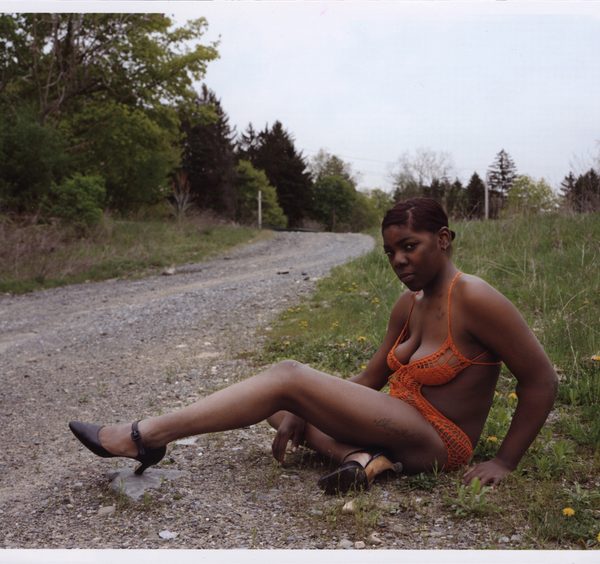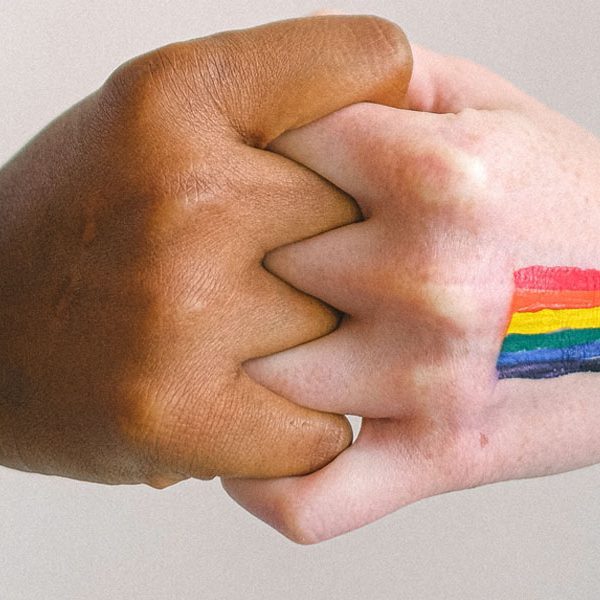A Queer History of Fashion: What Does Gay Look Like?
Ariana Parenti—
 Though I never thought of myself as a follower of the fashion world, in picking up A Queer History of Fashion I was excited to discover the rich history of gay men and women throughout the fashion industry. That gay men are unusually prevalent is perhaps not so surprising. I was struck, however, by the way that LGBTQ designers and models carved out a home within the fashion community throughout history.
Though I never thought of myself as a follower of the fashion world, in picking up A Queer History of Fashion I was excited to discover the rich history of gay men and women throughout the fashion industry. That gay men are unusually prevalent is perhaps not so surprising. I was struck, however, by the way that LGBTQ designers and models carved out a home within the fashion community throughout history.
As a younger person, I thought that fashion was limited to the representations of femininity I saw in Seventeen and I deemed the whole thing silly. An asymmetrical short haircut later, I discovered just how much of my previous aversion to the fashion industry came from frustration at the types of femininity that I thought I was supposed to strive for. Becoming comfortable with a queer-presenting identity opened me to a new appreciation the art of fashion. I poured over queer media and found a representation of femininity that fit me better. I have begun to feel that I can actually achieve a stylish look and have a new interest in “fussing” with clothes as an artistic expression (with limited success I should say, before my friends and/or coworkers laugh too hard).
Watching queer icons like Shane of The L Word and more hidden ones like “Idgie” of Fried Green Tomatoes gave me the confidence to explore my own queer identity. In A Queer History of Fashion, edited by Valerie Steele, chief curator of the exhibition at The Museum at The Fashion Institute of Technology that it accompanies, I found new queer icons and communities whose fashions shaped our ideas of what the LGBTQ community looks like.
The Power Dyke
The evolution of women’s fashion is tied to the evolution of the women’s liberation movement. The adoption of elements of men’s clothing in women’s fashion gave women more physical mobility, at the same time when women were fighting for more personal, political, and social mobility. Coco Chanel famously changed “men’s clothing into women’s”; her designs made the tailored clothes of upper class men available to women. Chanel falls on the hidden side of queer icons. While she demonstrated some gender ambiguity saying she “always dressed like the strong independent male she dreamed of being” and was rumored to have had sexual relationships with female friends such as Misia Sert, only her affairs with men were ever confirmed.
 (Yves Saint Laurent Rive Gauche, le smoking suit, c.1972. Press image for Black in Fashion, The National Gallery of Victoria, Melbourne) (Yves Saint Laurent Rive Gauche, le smoking suit, c.1972. Press image for Black in Fashion, The National Gallery of Victoria, Melbourne) |
 (Jennifer Beals, allstarpics.net) (Jennifer Beals, allstarpics.net) |
| The trend towards turning tailored menswear into womenswear that Chanel started continued its popularity with professional women, eventually giving us the “power suit”. | Bette Porter of The L Word, played by Jennifer Beals, wore elegant suits that emphasized her authoritative leadership style to her high powered job as the Director of the California Arts Center. |
The Androgyne
In the 1950s, androgyny was a more discreet option than butch-femme gendered role-play that defined many people’s image of lesbian relationships. With the evolution of the feminist movement, however, androgyny became a rejection of the gender binary, and the more popular lesbian image. Androgynous dress became a feminist and queer signifier.
 (Katherine Moennig, Wikimedia Commons) (Katherine Moennig, Wikimedia Commons) |
 (Model Jenny Shimizu, Helmut Red campaign. Photograph by Mark Seliger.) (Model Jenny Shimizu, Helmut Red campaign. Photograph by Mark Seliger.) |
| Shane McCutcheon of The L Word, played by Katherine Moennig, was masculine enough to pose in a men’s underwear ad, but also had a taste for heavy eyeliner and was uncomfortable with butch stereotypes. Her gender ambiguity was part of what made her such a sex icon on the show. | Jenny Shimizu has modeled for Versace, Anna Sui, Prada among many other huge names in the fashion industry. She was chosen to represent CK One, the Calvin Klein fragrance marketed to men and women. Like Shane, her confidence in her androgynous presentation has made her an icon for many lesbians. |
The Clone
Effeminate styling in men is the predominant mainstream image of gay men, but throughout history gay men have developed many other styles to assert their identities and to avoid social disapproval. The “clone” style uses typically masculine clothes, fitted to emphasize the male form, to appeal to the male sexual appetite.
 (Gale Harold, s9ason.tumblr.com) (Gale Harold, s9ason.tumblr.com) |
 (Spread from a catalog for Vince Man’s Shop, 1960. Photo courtesy Rupert Smith. Vince Estate © Stephen Cartwright) (Spread from a catalog for Vince Man’s Shop, 1960. Photo courtesy Rupert Smith. Vince Estate © Stephen Cartwright) |
| Brian Kinney of Queer as Folk, played by Gale Harold, portrays a quintessentially masculine style of dress, paired with a stereotypically masculine sexual negligence. | Menswear emphasizes a typically masculine beauty. In gay club culture, many men dress in the style of the men they are most attracted to. |
 |
Ariana Parenti is Online Marketing Coordinator for Yale University Press. She has a penchant for stripes and run-on sentences. |


























